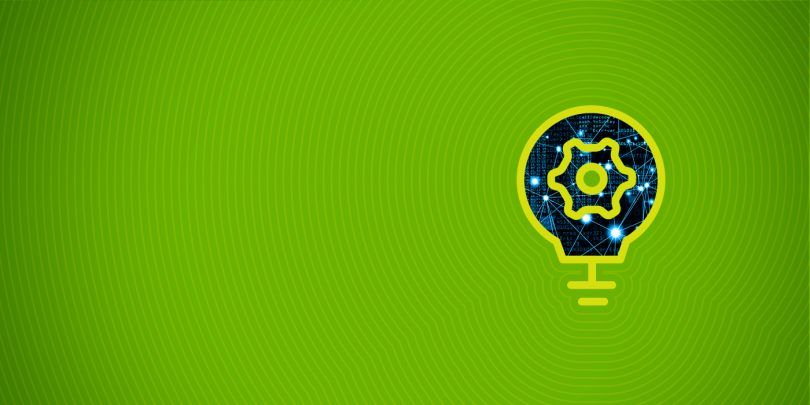In this article, we compare MongoDB and PostgreSQL.
PostgreSQL is a traditional RDBMS (relational database management system) SQL database, like Oracle and MySQL. PostgreSQL is free.
MongoDB is a no-schema, noSQL, JSON database. MongoDB has a free version, but they also have hosted and enterprise paid versions. Even the free version includes free cloud monitoring hosted on their site for your local installation.
(This article is part of our MongoDB Guide. Use the right-hand menu to navigate.)
PostgreSQL
Here are the basics of PostgreSQL.
A traditional RDBMS
A traditional RDBMS (relational database management system), such as PostgreSQL, has a script schema and requires a primary key. You cannot add data to it unless the data column already exists.
The PostgreSQL shell
The PostgreSQL shell is slightly different from Oracle or MySQL. You log into it like this:
sudo su - postgres postgres@paris2:~$ psql psql (9.5.21) Type "help" for help. postgres=#
Then you use the slash (\) to run commands that are not SQL commands.
Create a table
Here is how you create a table and schema in PostgreSQL:
create table expenses ( TransactionDate date, PostDate date, Description text, Category text, Type text, Amount float8 );
Connect to a database
\c expenses You are now connected to database "expenses" as user "postgres".
List tables
\dt List of relations Schema | Name | Type | Owner --------+-------------------------+-------+---------- public | chase | table | postgres
Run a query
The query below does aggregation.
select category, sum(amount) from chase group by category; category | sum -----------------------+------- | 19389 Education | -216 Health & Wellness | -3154 Personal | -1582 Automotive | -33 Shopping | -4479 Travel | -7026 Fees & Adjustments | -316 Entertainment | -274 Gas | -139 Home | -1409 Food & Drink | -1926 Bills & Utilities | -3114 Professional Services | -114 Groceries | -1720 (15 rows)
Add data
INSERT INTO expenses(
transactiondate , postdate, description, category , type ,amount ) VALUES ('10-July-2020', '10-July-2020', 'coffee shop', 'restaurants', 4.50);
MongoDB
Here are the basics of MongoDB.
A JSON database
Unlike PostgreSQL and other RDMBS, a JSON database, like MongoDB, has no schema so you can put anything into it. Contrast that with a SQL database where you must define its structure before you put data.
JSON looks like this:
data: {
attribute: value
}
Or an array of JSON is like this:
data: [{
attribute1: value1
},
{
attribute1: value2,
anotherAttribute: value3
}]
The MongoDB shell
To open the MongoDB shell, you just type mongo:
mongo
MongoDB shell version v3.6.17
connecting to: mongodb://127.0.0.1:27017/?gssapiServiceName=mongodb
Implicit session: session { "id" : UUID("fd8960a6-d6fd-44f7-a6c5-5257438934e3") }
Create a database
use sales switched to db sales
Create a collection
A collection is a set of related tables.
db.createCollection("inventory")
{ "ok" : 1 }
Add a record
db.inventory.insert({product: "blue shoes", add: 2})
WriteResult({ "nInserted" : 1 })
Query
db.inventory.find({product: "blue shoes"})
{ "_id" : ObjectId("5f0808a6434f5a1831100614"), "product" : "blue shoes", "add" : 2 }
Using JavaScript in the MongoDB shell
One very powerful feature with the MongoDB shell is it supports JavaScript. This means you can define functions and save queries as variables.
For example, here is how you define Connecticut by drawing a square around it on a map. This statement uses the GeoJSON geographical query features of MongoDB to do that.
var connecticut = db.address.find ({location:
{$geoWithin:
{$geometry: {
type: "Polygon",
coordinates:
[[ [ -73.564453125, 41.178653972331674 ],
[ -71.69128417968749, 41.178653972331674 ],
[ -71.69128417968749, 42.114523952464246 ],
[ -73.564453125, 42.114523952464246 ],
[ -73.564453125, 41.178653972331674 ]
]]
}}}});
Joining tables
In the 1970s, when IBM published the paper which described the SQL language and the database that Larry Ellison later developed into Oracle, disk space and memory was expensive. So, the adopted practice became to not repeat data, as that wasted expensive space and memory. That practice is called database normalization.
Today, of course, storage and memory are cheap. noSQL database designers don’t do normalization. That simplifies things somewhat as they don’t require foreign keys and all the other design elements that create relations between tables. But it also creates its own set of problems. (For example, SQL databases are still better suited than noSQL databases for transactional systems like accounting because it’s easier to maintain what is called referential integrity—but that is a whole other topic.)
When data is kept in two tables and you want to bring it together temporarily in a read-only structure such as to create a report you execute what is called a join. This makes the intersection of two sets.
It works like this:
select sales.productName, product.productName from sales, product where product = upcCode;
The downside is this takes a lot of computing power, memory, and storage to run on a large distributed database.
MongoDB has indices but no joins
MongoDB does not encourage or really allow joins. Instead you would put related documents (records) inside one another so as to have them all in one place. This is kind of awkward for something like a sales system as you would have something like this:
{ product : "shoes",
sales: [{saleNumber: 1, date: 44004, amount: 20, quantity 2},
{saleNumber: 2, date: 44005, amount: 200, quantity 20}]
}
That’s awkward to maintain in a transactional system but would work well for other types of systems.
Yet, while MongoDB does not support joins, it does allow indexes, which is a necessary feature of joins. This speeds up queries.
Additional resources
So that is a side-by-side comparison of the two databases. To learn more about this topic, browse the BMC Big Data & Machine Learning Blog and these resources:
- MongoDB Guide, with 10+ articles and tutorials, including:
- Using Tableau with PostgreSQL
- DBMS: An Intro to Database Management Systems
- Enabling the Citizen Data Scientists
These postings are my own and do not necessarily represent BMC's position, strategies, or opinion.
See an error or have a suggestion? Please let us know by emailing [email protected].





